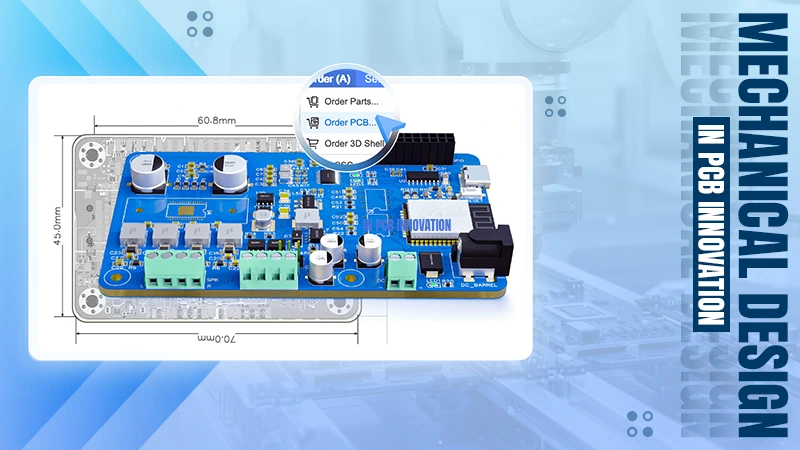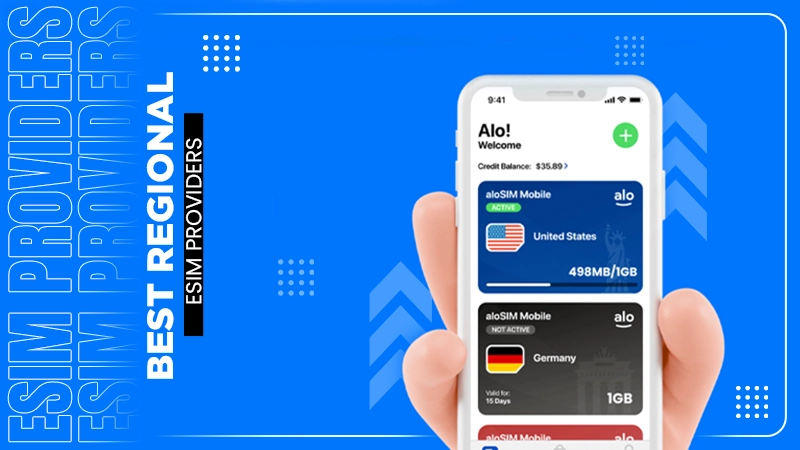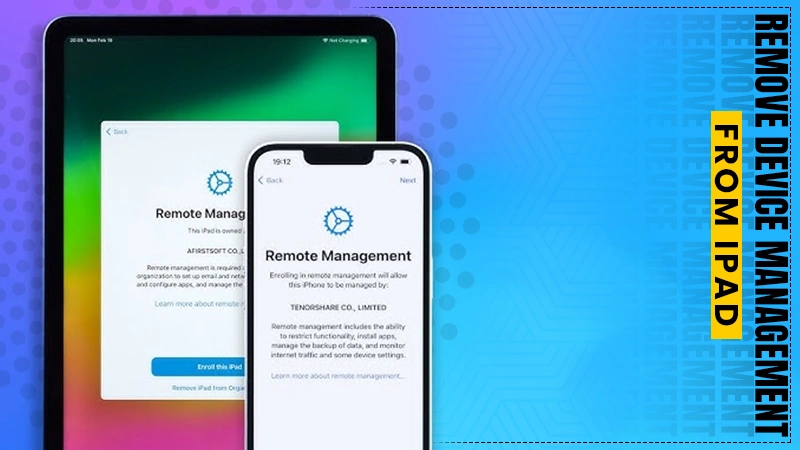How Numerical Data Drives Decision-Making in On-Premise Contact Centers?

Most big and successful businesses have a contact center to help them deal with customer issues. These places use different modes of communication to solve customer issues and improve the repeat business of the company.
But how do contact centers ensure customer satisfaction without sacrificing operational efficiency? A manager in fast-moving on-site contact centers is always walking the fine line between the demands of the customer and productivity goals.
So, where is this numerical data really used for making these matter-of-fact decisions in the first place? Well, contact centers use this data to understand and use these key performance metrics to achieve a balance.
In this blog post, we will see how numerical data can help drive decisions in on-site contact centers and why they are so important.
Understanding the Importance of Numerical Data
So, what exactly is the numerical data even made of?
The numerical data in contact centers includes a ton of different types of metrics, like call volume, average handling time, first call resolution, customer satisfaction scores, and agent performance metrics.
This info gives contact centers an idea of how good or bad their performance is and how they can make improvements.
Call Volume and Forecasting

This is basically the total number of calls a contact center has gotten in a given time period. And if they compare the past charts, they can pretty much predict if there will be an increase in demand or not.
Managers can use this information and set up staff accordingly to prepare if there will be an increase.
This way, there will be sufficient staff during peak periods to minimize the waiting time, improving customer satisfaction. Proper forecasting will avoid overstaffing during the low-demand period, thereby optimizing labor costs.
Average Handling Time (AHT)
AHT is basically a measure that contact centers use to look at the average time the customer has been on the call from start to end. And yes this includes all the hold times and after-call work too.
This allows contact centers to be on guard over AHT to zero in on some of the pain points of their call-handling process and strategize how to streamline those interactions.
First Call Resolution (FCR)
Have you ever called customer support for an issue, but the issue did not get resolved on that first call? This is where the FCR comes in.
It is one of the most reliable metrics to gauge the ability of a contact center to solve issues on the first call.
A higher FCR rate is a must for setting up an advanced contact center for on-premise. It tells us that the agents in a contact center are effective and competent. This also means that all the call-handling processes are alive and working properly.
Numerical data on FCR will help managers understand the necessity of more training and enhancement of processes, which leads to higher customer satisfaction and reduced repeat call volume.
Customer Satisfaction Scores
You know those customer satisfaction ratings you are often asked for at the end of every call with customer care? Well, these ratings are pretty important too, you know.
These scores are a way to provide the contact center with direct feedback from customers regarding their experience.
Managers can define problem areas in service by measuring customer satisfaction and then make objective decisions that will help to improve the customer experience.
DID YOU KNOW?
Over half of the retail customers with an urgent issue prefer having support conversations over the phone, followed by text messaging which is preferred by about 30% of customers.
Improve Agent Performance with Data
Numerical data plays a key role in understanding improvements in agent performance.
By measuring the different performance metrics, contact centers can easily see if their agents are performing well or badly.
They’re able to identify top-performing agents who deserve incentives and those who need additional support or training.
Performance Dashboards

Performance dashboards can give call centers a real-time view into some of their key metrics, like call handling, FCR, and satisfaction ratings.
In other words, these dashboards will be able to trace the performance of the agents and managers against set targets, thereby empowering them to provide instant feedback and correction.
Skill-Based Routing
By analyzing the data on agent skills and performance, contact centers can facilitate skill-based routing to ensure that customers are connected to the most reliable agent.
This approach not only helps to improve FCR rates but also customer satisfaction by making sure that inquiries are appropriately handled by those agents who possess the right expertise.
Training and Development

Numerical data identifies knowledge and performance gaps and therefore guides focused training programs. By focusing on what the agents struggle with, a contact center can enhance the competency of its whole force toward better service delivery.
Regular training sessions based on data insights will help the agents keep their knowledge and skills updated in line with changing best practices and the introduction of new technologies.
Operational Efficiency and Cost Management
Numerical data can be pretty useful for maintaining operational efficiency and managing costs within on-premise contact centers.
Contact centers can fine-tune processes, eliminate waste, and act to make the best use of resources concerning several metrics.
Workforce Management
Numerical data is needed in large quantities to schedule the shifts of employees, manage breaks, and allocate resources effectively in workforce management.
Contact centers can ensure that their staffing levels are functioning at full capacity with minimal idle time by matching them to call volume forecasts.
Optimizing Processes
Data analysis permits the identification of contact center inefficiencies, such as long wait times, unwarranted transfers of calls, or simply repetitive actions taken on a customer’s issues.
With these in hand, it becomes easier to drive process improvements in contact centers, driving improvements in AHT and FCR rates.
A continuous process improvement driven by data insights sets the stage for a more agile and responsive contact center.
Cost Analysis and Budgeting

Numerical data can present a granular view of operational costs, enabling contact centers to track spending patterns and identify areas for potential cost savings.
With metrics such as labor costs, technology expenses, and overhead, managers are better positioned to make decisions regarding budgeting that will also optimize financial performance.
Improving Customer Experience with Data-Driven Decisions
Ultimately, customer experience is the goal of using numerical data in contact centers.
If the contact centers decide based on data, then the required service to the customers can be provided at the right time and effectively, resulting in personalized service.
Personalization
Contact centers can personalize interactions, taking into account each customer’s history and preferences, by analyzing customer interaction data.
This builds loyalty and trust by providing customers with more relevant and satisfying experiences.
Proactive Problem Resolution
Proactive analytics can help the contact center find out any issue in their processes before it becomes a problem.
So, how does this even help them?
Contact centers can adopt a more proactive approach toward customer concerns.
And by adopting preventive measures by analyzing the patterns and trends in numerical data and enhancing FCR rates.
Continuous Improvement
It ensures that the contact centers’ processes and services are continually improved by regularly reviewing numerical data and acting upon it.
A data-driven decision-making culture allows contact centers to easily adapt to changing customer needs and to maintain high standards of service.
FUN FACT!
73% of consumers feel that brands valuing their customers’ time is a sign of good customer service experiences.
How Data Analysis Contributes to Operational Efficiency
| Aspect | Contribution | Benefit |
| Identifying Inefficiencies | Data analysis helps uncover bottlenecks such as long hold times and unnecessary call transfers. | Streamlined operations and reduced handling times. |
| Optimizing Workforce Management | Analyzing call volume forecasts and agent performance metrics allows for better scheduling and resource allocation. | Improved agent utilization and cost efficiency. |
| Cost Analysis and Budgeting | Tracking operational costs and spending patterns provides insights for identifying cost-saving opportunities. | Enhanced financial performance and optimized budgeting. |
Conclusion
To make better decisions at an on-site contact center, you need accurate data on its measures and performance.
Numerical data is the sine qua non for any contact center.
These places use numerical data like on-call volume, AHT, FCR, CSAT, and agent performance to promote efficient operations, enhance customer experience, and manage costs more efficiently.
And if contact centers want to get ahead of the game and deliver the best class of service in a highly competitive field, they need data-driven decision-making in quantum measures.
Also Read: Why CCaaS Software is the Future of Customer Service
Ans: Numerical data helps contact centers optimize processes, improve customer satisfaction, and enhance productivity by providing quantitative insights into performance and operations.
Ans: Analyzing call volume data allows contact centers to forecast demand, schedule staff efficiently, and reduce wait times, ensuring adequate resources are available during peak periods.
Ans: AHT measures the average duration of customer calls, including hold times and after-call work. Monitoring AHT helps identify bottlenecks and streamline processes to improve efficiency.












